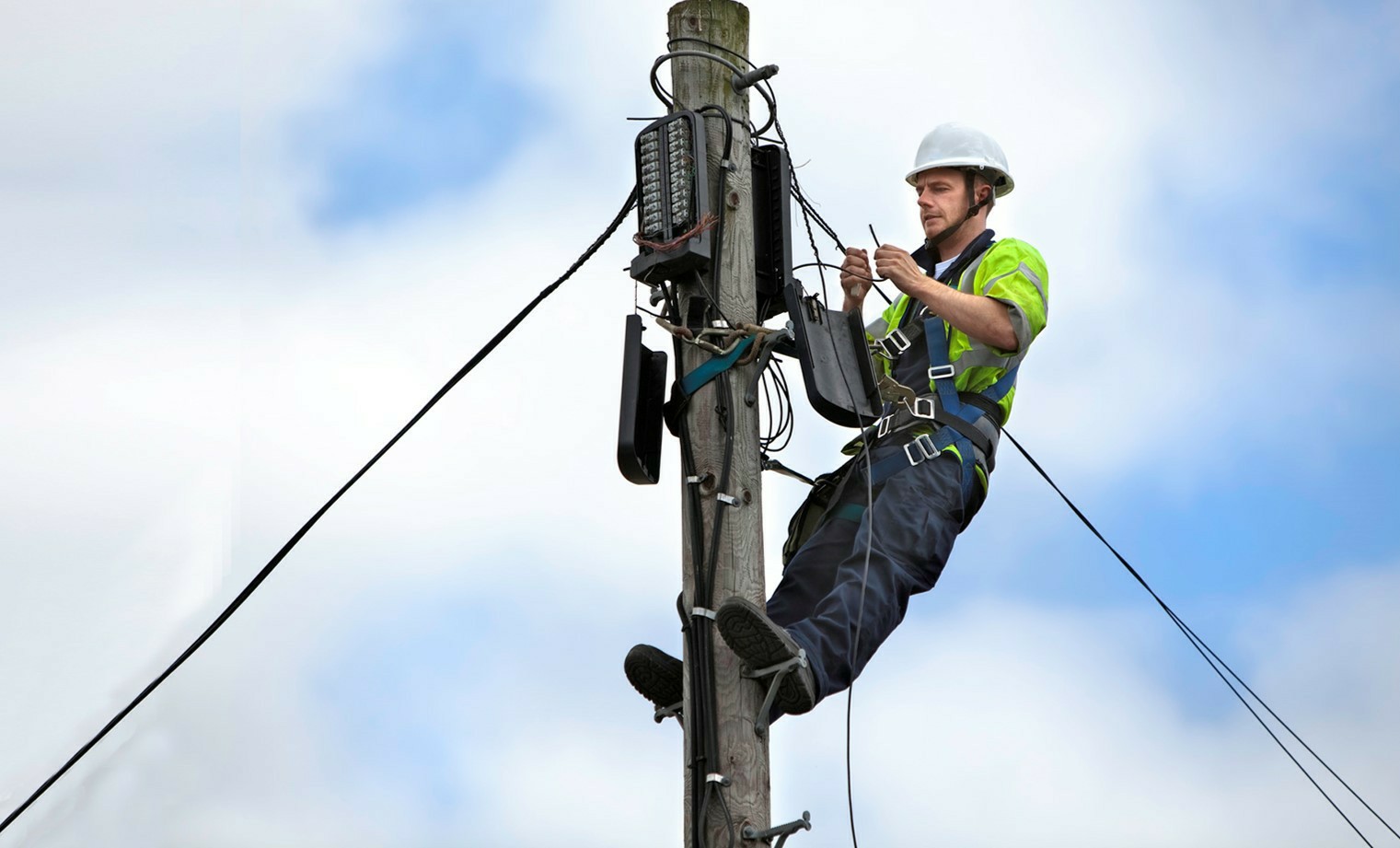


 349,500 Offered Certificates
349,500 Offered Certificates
 24/7 Online Training
24/7 Online Training
 Money Back Guarantee
Money Back Guarantee
 Fully Accredited Courses
Fully Accredited Courses

Created at: 22-02-2025 15:52
Working at heights is an essential part of many jobs, from construction to maintenance and inspection roles. However, it also comes with substantial risks. Falls from heights are one of the leading causes of workplace injuries and fatalities. Understanding these hazards and the measures to mitigate them, including proper training, is crucial for ensuring a safe working environment.
When working at heights, several key risks must be recognized:
Proper training is the cornerstone of workplace safety, especially when working at heights. By offering Working at Heights training and ensuring that personnel obtain relevant Working at Heights certification, employers can create a safer environment. Training provides workers with the knowledge and skills they need to recognize and mitigate risks effectively.
Fall protection systems are critical in any workplace where employees are exposed to heights. These systems can significantly reduce the likelihood of falls when properly used and maintained. Effective training on the use of these systems ensures that workers know how to operate them correctly and safely:
To illustrate the effectiveness of proper training, consider these hypothetical case studies:
A construction company in Dublin had a well-documented training program for employees working at heights. A recent trainee was dispatched to a project involving a multi-story building. They implemented their training by properly securing their harness before working on a roof. When strong winds unexpectedly picked up, they were able to secure themselves effectively to a guardrail, avoiding what could have been a tragic fall.
In Galway, a team of maintenance workers was assigned to inspect a rooftop unit. Thanks to the Working at Heights course they all completed, the team recognized the risk of slipped tiles due to inclement weather. They insisted on stabilizing the area and provided additional safety measures before starting the inspection, enabling them to complete their task without incident.
Even with proper training and equipment, accidents can still happen. Therefore, it is essential to have an emergency response plan in place:
Working at heights presents numerous safety risks, but with proper training, certification, and effective use of fall protection systems, many of these risks can be minimized. Investing in certified Working at Heights training not only protects your employees but also fosters a culture of safety within your organization.
If you’re looking for professional Working at Heights certification in Ireland, including options in cities like Dublin, Cork, and Galway, consider enrolling in our comprehensive courses today. For more information, visit our webpage or reach out to us at [email protected].